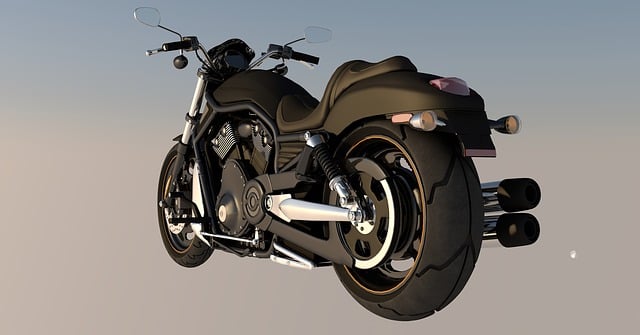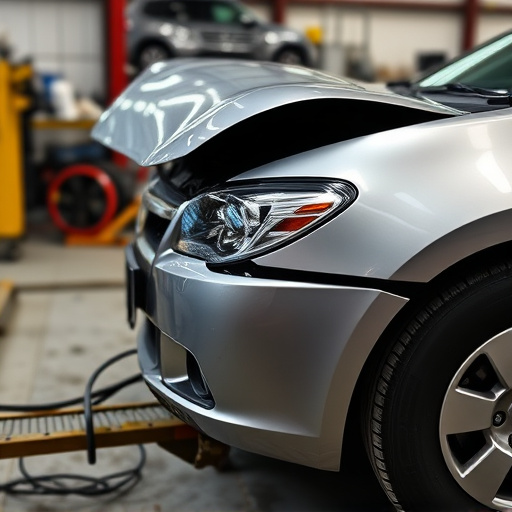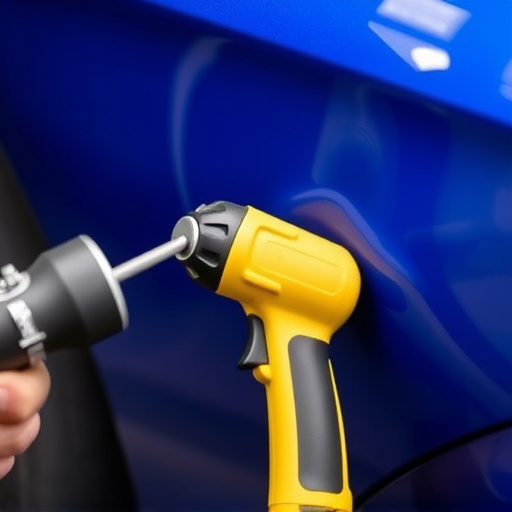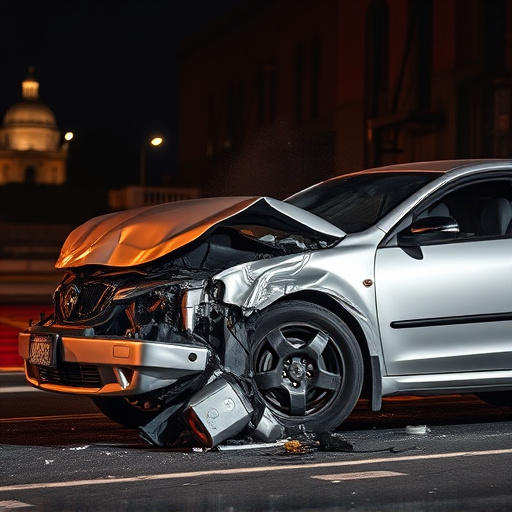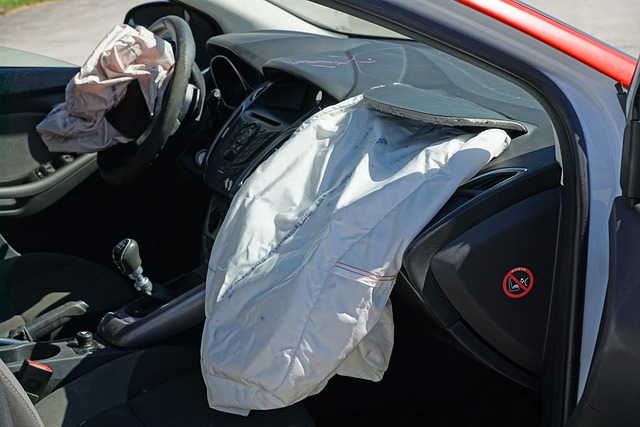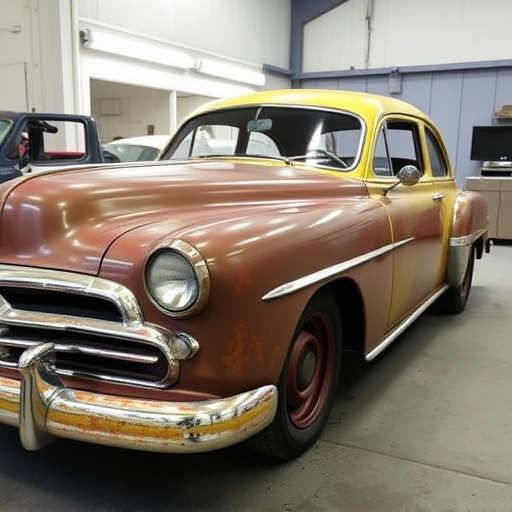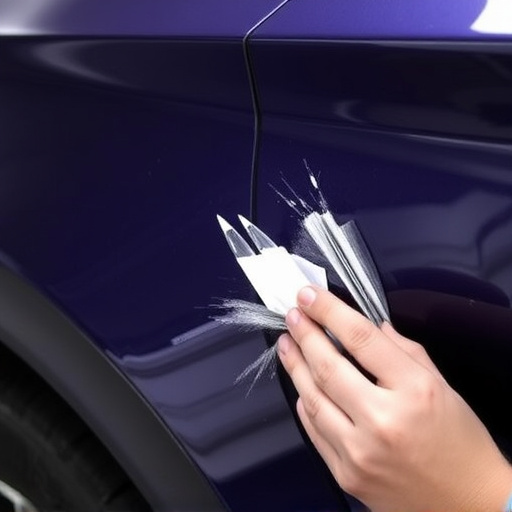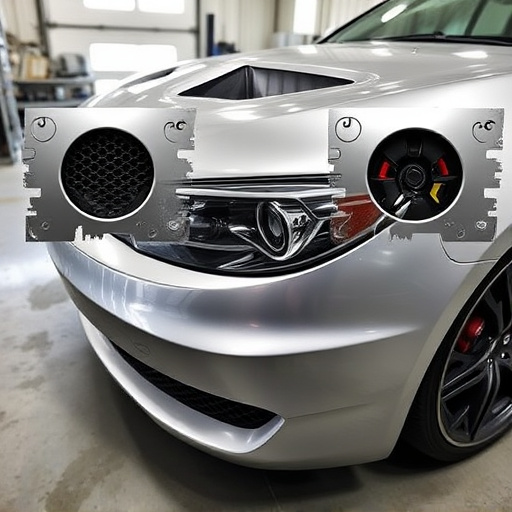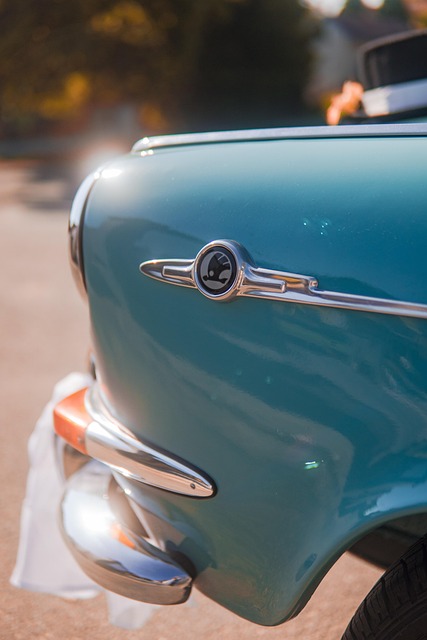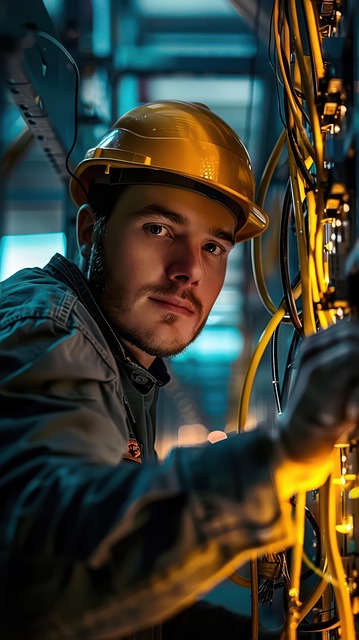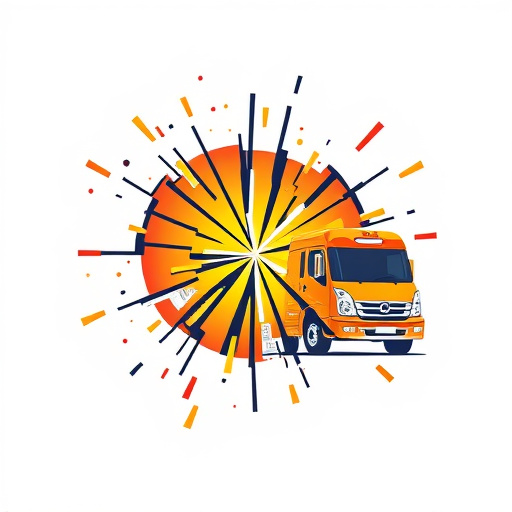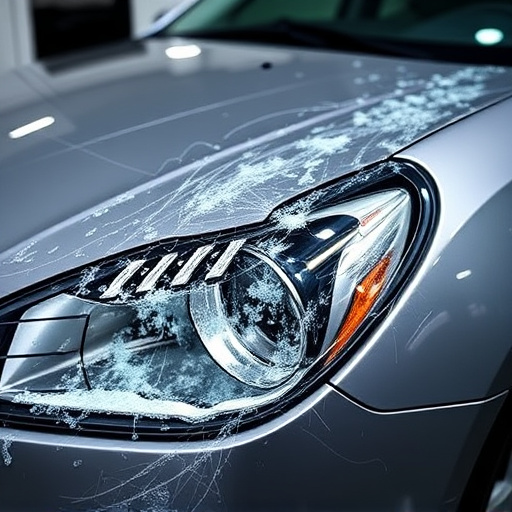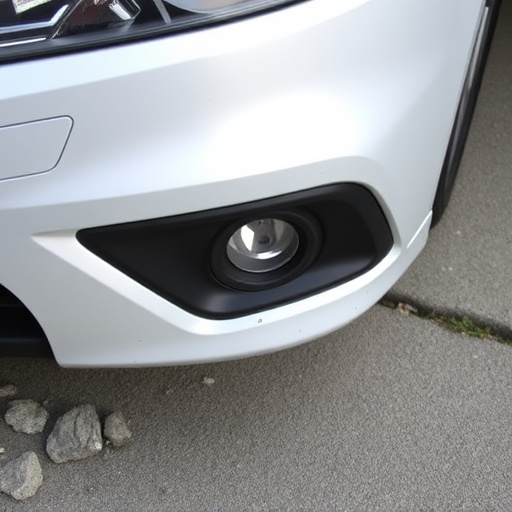Advanced technology, including CAD software, digital imaging, and data analytics, has revolutionized car collision repair. These innovations enhance precision, speed, and safety, using lighter materials like fiberglass and composite to improve vehicle performance and fuel efficiency. Modern techniques like laser welding and 3D printing ensure high-quality repairs, while data analytics streamline claims processing and insurance adjustments for better customer satisfaction.
Technology is revolutionizing the landscape of car collision repair, transforming traditional processes into a modern, efficient symphony. Digital tools are streamlining every step from initial assessment to final restoration, reducing time and costs. Advanced materials and techniques offer unparalleled levels of precision and durability. Moreover, data analytics is streamlining claims and insurance adjustments, ensuring faster payouts for policyholders. These advancements collectively elevate the standard of car collision repair, providing folks with quicker, better, and more affordable services.
- Digital Tools Streamline Car Collision Repair Process
- Advanced Materials and Techniques Enhance Restorations
- Data Analytics Revolutionizes Claims and Insurance Adjustments
Digital Tools Streamline Car Collision Repair Process
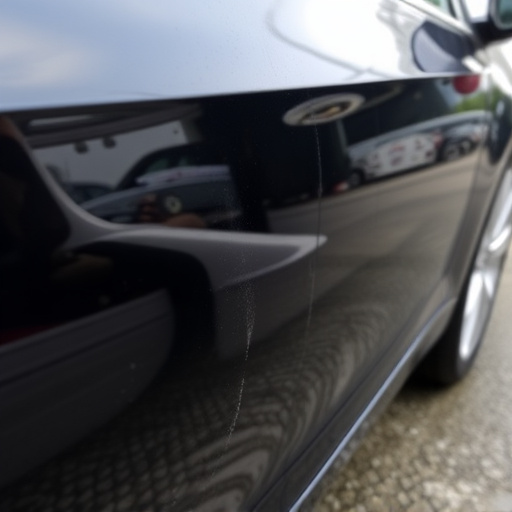
In today’s digital era, the car collision repair process has undergone a remarkable transformation thanks to advanced technology. Digital tools are now streamlining every step of autobody repairs, from initial assessments to final inspections. For instance, computer-aided design (CAD) software enables technicians to create precise measurements and designs, ensuring accurate and efficient repairs. This not only reduces the time required for manual measuring but also minimizes errors, leading to higher-quality work.
Furthermore, digital imaging and 3D scanning technologies offer a level of detail never before possible in collision repair. These tools capture intricate vehicle data, allowing technicians to identify damage with unparalleled accuracy. By integrating these innovations, the industry is enhancing safety, precision, and speed in car collision repair, ultimately benefitting both consumers and businesses.
Advanced Materials and Techniques Enhance Restorations
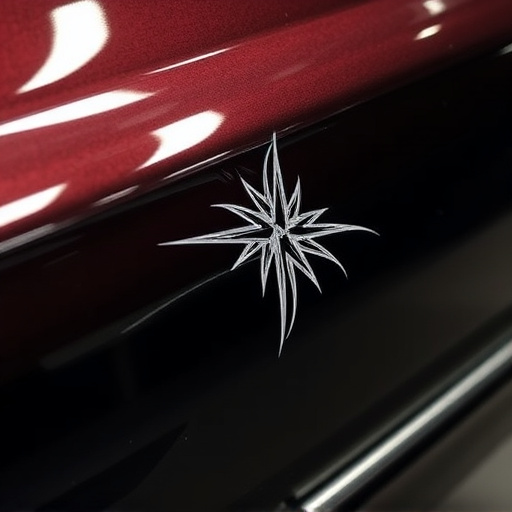
The automotive industry is witnessing a significant evolution in car collision repair thanks to advanced materials and cutting-edge techniques. Traditional steel and metal repairs are giving way to lighter, more durable alternatives. Fiberglass, composite materials, and innovative adhesives allow for faster and more precise restorations, ensuring vehicles not only look like new but also perform at their peak. These advancements reduce weight, enhancing fuel efficiency and handling—a significant benefit for both manufacturers and drivers.
Modern techniques such as laser welding and 3D printing offer unprecedented accuracy in hail damage repair or minor fender benders. Collision repair services can now cater to complex geometric shapes and intricate designs with enhanced precision, minimizing the need for extensive rework. This not only saves time but also results in better overall quality, ensuring vehicles return to the road looking and performing as they did before the collision.
Data Analytics Revolutionizes Claims and Insurance Adjustments
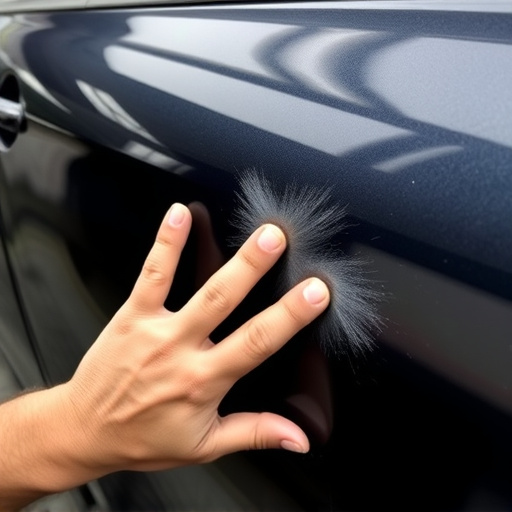
In the realm of car collision repair, data analytics is emerging as a game-changer, revolutionizing claims and insurance adjustments in significant ways. By leveraging advanced algorithms and machine learning technologies, repair shops are now equipped to analyze vast amounts of historical data related to accidents, vehicle models, and repair patterns. This enables them to provide more accurate estimates, streamline the claims process, and ultimately enhance customer satisfaction.
The integration of data analytics into automotive repair services has led to a more precise understanding of common car collision issues, from minor dents and scratches to complex frame damage. For instance, repair professionals can now access comprehensive databases that offer detailed information on vehicle paint repair techniques, ensuring that every scratch and ding is meticulously addressed. This level of precision not only accelerates the repair process but also guarantees superior outcomes for clients, making their vehicles look as good as new.
Technology is reshaping the landscape of car collision repair, making processes more efficient, accurate, and faster. From digital tools that streamline repairs to advanced materials and data analytics revolutionizing claims adjustments, today’s industry standards are a testament to these transformations. These innovations not only enhance restoration quality but also improve customer experiences, ensuring that getting your vehicle fixed is smoother than ever before. As the world of car collision repair continues to evolve, we can expect even more breakthroughs, making it an exciting time for both professionals and consumers alike.
